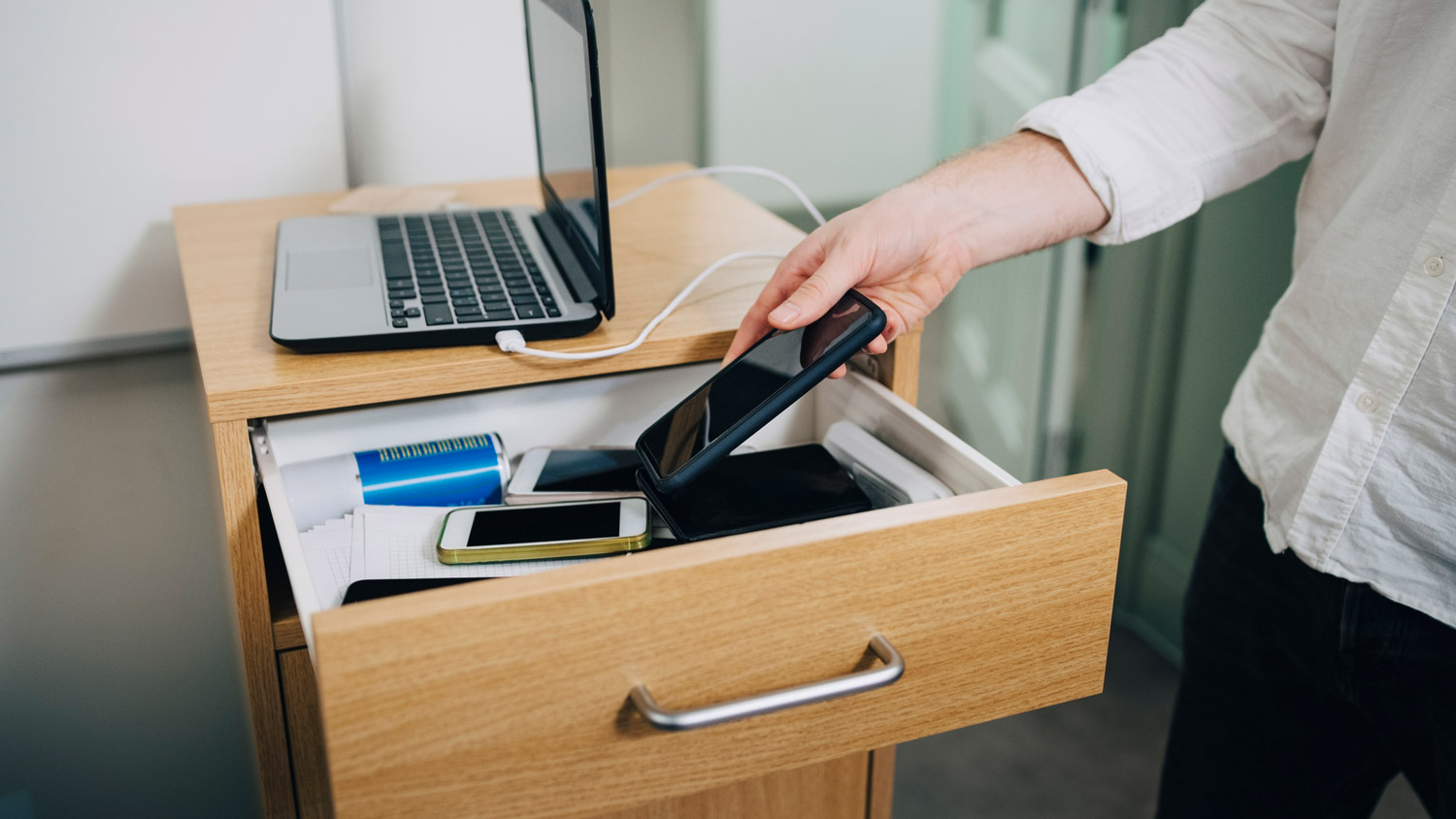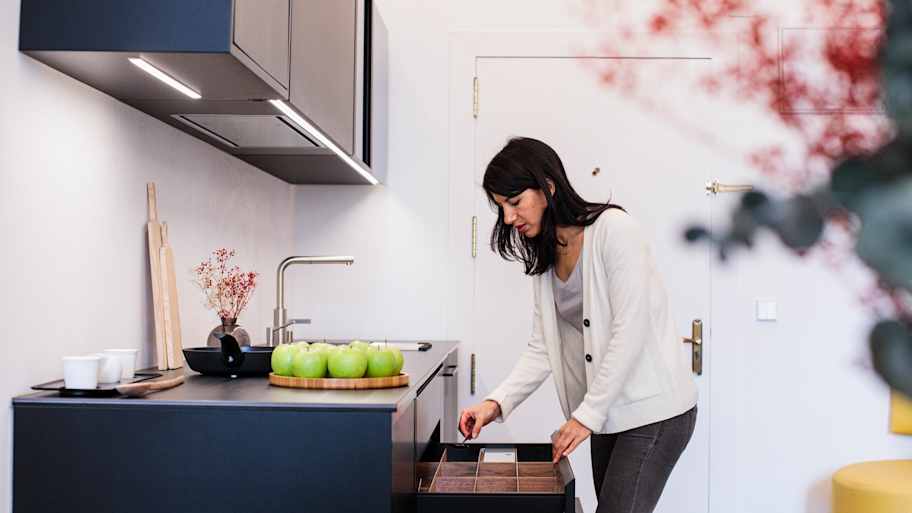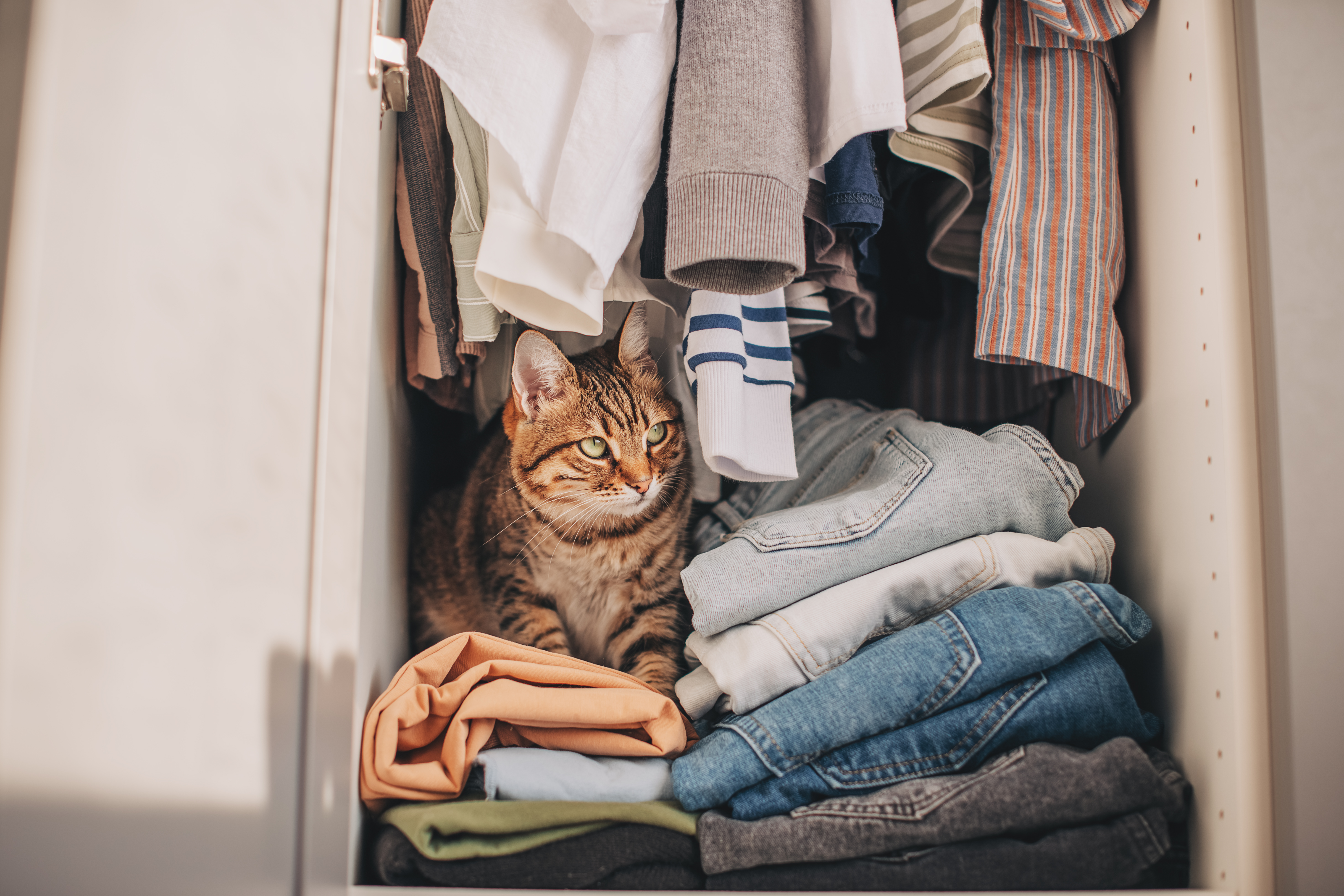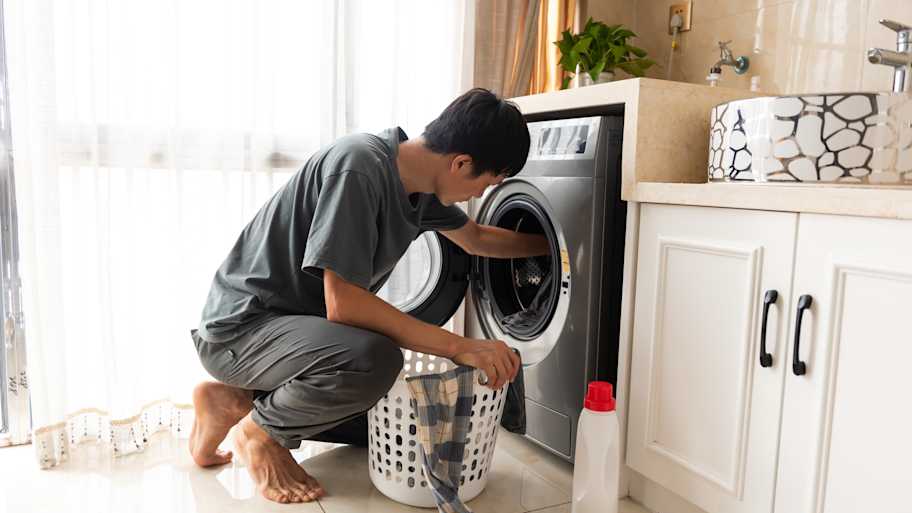
Discover the average professional organizer cost, what influences pricing, and how to budget for your next home organization project.
You’d be surprised by how much actual junk is in your junk drawer


Typically, junk drawers, sometimes referred to as “catch-all” drawers, live in your kitchen or home office. You probably use these handy spaces to hold everything from sheets of stamps to extra screws to instruction manuals, which means they can get pretty crowded after a while. It’s wise to organize your junk drawer every few months to ensure it’s neat and user-friendly so that you can find what you’re looking for in a pinch.
By following the steps below, you can organize your junk drawer in a few minutes and continue stashing any extra tools with ease.
First things first—remove absolutely everything from your junk drawer. If you can remove the entire drawer, start there. Then empty the drawer's contents onto your kitchen counter (the floor works, too).
Declutter this small space by getting rid of trash first, including expired coupons, dried-out markers, and non-working pens. Then, address each item. Is your junk drawer the right spot for it? If yes, keep it nearby. Put everything else back where it belongs, or set it aside for now.
Junk drawers are great places for things that don’t have proper homes elsewhere in your house, like office supplies, small household tools that you regularly use, and more. If you have a few drawers in different rooms, this is a good time to consider the general purpose of each one and move some things around.

When it’s empty, clean your junk drawer to remove any dirt, dust, and other debris. Spray it with a multi-purpose surface cleaner and scrub it as needed. Then, wipe it down with a disinfectant wipe and let it air dry before putting anything back in. To make your junk drawer look like new, add a new drawer liner once it’s dry. Choose one in a fun color or pattern to brighten up your space and make your junk drawer feel less, well, junky.
Once you have pared down the contents of your junk drawer, you should be left with only the things that belong there. Categorize these items and sort them into piles (paperclips in one pile, pens in another, for example). This step allows you to see everything you need to fit in the drawer so that you can begin visualizing potential organization systems.
Every junk drawer is different, and there’s no one-size-fits-all organization solution. Make a plan of action to organize your drawer and aim to put a simple organization system in place.
You could use drawer dividers to keep things separate, organize with small containers, or both. Once you have your organizational supplies of choice, put them in the drawer to see what works and what doesn’t. The goal is to create a streamlined, user-friendly junk drawer that you don’t have to rummage through to find what you need.
Now it’s time to put that plan in action. Arrange your organization system in your junk drawer, ensuring there’s enough room for everything. You may have to rearrange things to make them fit. Consider putting items you use less further back in the drawer and reserving the front for everyday items, like pens and pencils.
Reassess your junk drawer every month or so and reorganize as needed. During your checkups, ensure there’s no trash to be found, and that everything is in the right spot. Secure dividers or containers as needed and refill supplies that are getting low.
Whether you’ve got a mile-long to-do list or all of your drawers are looking a bit like junk drawers lately, hiring a professional organizer near you can help. These pros can help you implement organizational systems that work for you and your family’s specific needs.
From average costs to expert advice, get all the answers you need to get your job done.

Discover the average professional organizer cost, what influences pricing, and how to budget for your next home organization project.

These kitchen drawer organization tips will reduce time spent rifling through the kitchen looking for what you need. Learn how to organize your kitchen.

If your home is a bit messy, that’s perfectly normal. Trusting a professional home organizer to revamp your space can be worth the cost. Here’s how to find and hire a professional organizer.

Discover small closet organization tips to maximize space, reduce clutter, and create a stylish, functional storage area that suits your needs.

When was the last time you cleaned out your spice rack or linen closet? Our list of 12 things to get rid of in just one hour helps you toss what is old, expired, or no longer needed. Decluttering is faster and easier than you might think.

Maximize space and reduce clutter with these smart laundry room organization tips that boost function and even your home’s resale appeal.